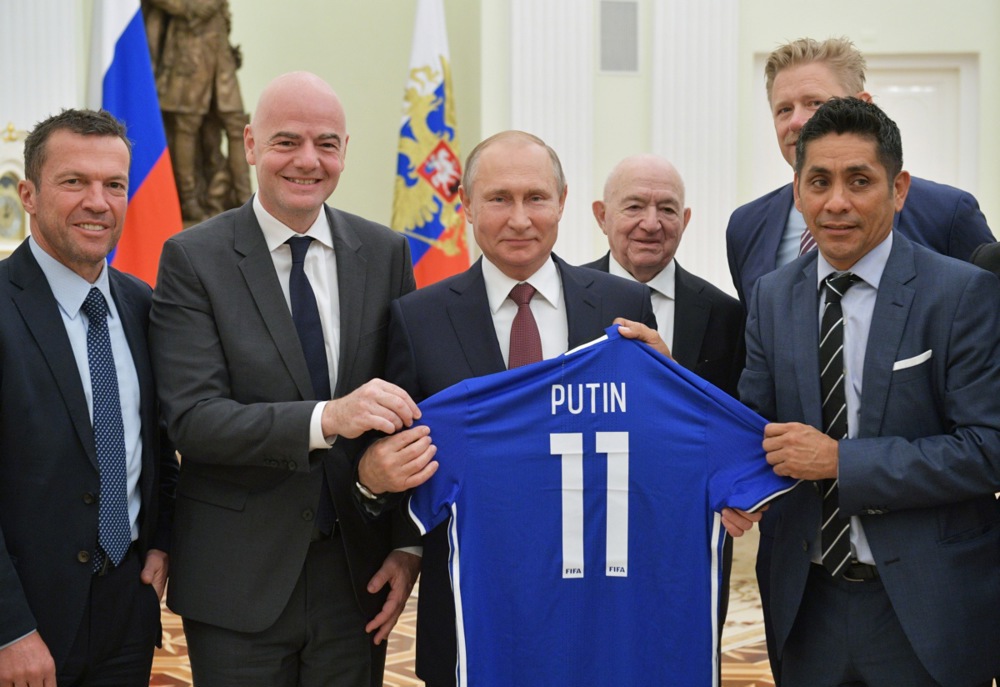The European Council has adopted a 12th package of economic and individual restrictive measures against Russia, targeting its diamonds for the first time.
On December 18, the European Union banned the direct and indirect import to, purchase and transfer of diamonds from the country.
That applies to Russian diamonds, those exported from Russia, those passing through Russia and Russian diamonds handled in third countries.
As of January 1, 2024, non-industrial natural and synthetic diamonds, as well as diamond jewellery, are also subject to a direct ban.
An indirect import restriction on Russian diamonds treated – cut and/or polished – in foreign countries, including jewellery using such stones, will be rolled out gradually from March 1 next year to September 1.
The incremental introduction of indirect import bans comes amid the implementation of a traceability framework designed to enable efficient enforcement of the rules, while aiming to mitigate disruptions to the EU market.
The 12th package of sanctions for Russia (dubbed the diamond package) was approved. These measures target Russian diamonds, banning their import along with synthetic diamonds and diamond jewelry, effective from January 1 in stages.
Additionally, the package closes loopholes to… https://t.co/9CNgLyQHxM pic.twitter.com/FNre4j8G50
— Anton Gerashchenko (@Gerashchenko_en) December 19, 2023
“With this 12th package, we are putting forward a robust set of new listings and economic measures which will further weaken Russia’s war machine,” said Josep Borrell, High Representative of the EU for Foreign Affairs and Security Policy.
“Our message is clear, as I already stated when I chaired the informal Foreign Affairs Council in Kyiv: we remain steadfast in our commitment to Ukraine and will continue to support its fight for freedom and sovereignty.”
The Russian diamond boycott is part of a G7 initiative to create an internationally co-ordinated prohibition of the country’s stones, intending to deprive it of a major cash source.
Previously, implementing G7 sanctions on Russian rough diamonds had proved a thorny issue as it was felt they could easily be circumvented.
It was claimed by experts that any such bans would hit Western companies more than the Russian industry while benefiting global non-G7 diamond-trade centres such as Dubai and Mumbai.
The fiercest resistance to a simplified G7 sanction came from Belgium, regarded by many as the world’s foremost diamond-trade hub. It claimed such a move would not prevent Russia sidestepping the measures and would impact its own trade and that of other G7 nations.
Instead, Belgium, together with many in diamond industry, suggested introducing a track-and-trace mechanism, designed to close off any potential loopholes Russia could exploit. That is set to be introduced as part of the new sanctions.
Alongside precious gems, the European bloc is also targeting the sale of parts used in the manufacture of weapons, as well as tightening criteria for compliance with the “price ceiling” for Russian oil.
The new rules oblige EU exporters to contractually ban the re-exportation to Russia and re-exportation for use in Russia of what are decreed highly sensitive items and technology when selling, providing, transferring or exporting to a third country.
In addition to economic sanctions, the Council decided to list a number of additional individuals and entities on its roster.
The package adds 29 corporations to the list of entities associated with Russia’s military machine, including companies established in Uzbekistan and Singapore that are accused of assisting the Kremlin in obtaining proscribed advanced technology.
No Chinese companies have been targeted.





